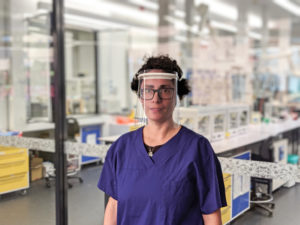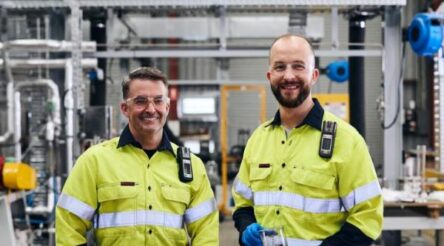RMIT staff print up a PPE solution for frontline healthcare workers

Engineers at RMIT’s Advanced Manufacturing Precinct have stepped up to address the PPE shortage among frontline workers, have used the precinct’s 3D printing equipment to create 950 prototype face shields so far, and are seeking manufacturing partners to scale up their efforts.
According to a statement from the university, major Victorian and Tasmanian hospitals had made enquiries due to the shortage of protective gear as a result of the Covid-19 pandemic. Within days, AMP workers had improved on an open source shield design, and delivered prototypes for testing.

The effort continues a collaboration between RMIT and the BioFab3D lab at St Vincent’s Hospital which began in 2013, and has so far focussed on printed implants.
“We immediately understood the vital role of protective equipment in helping Australian healthcare workers get through this challenging time and have pulled out all the stops for an urgent response on this,” said Professor Milan Brandt, the AMP Director, in a statement.
“This includes refocusing existing partnerships and projects to meet this need.”
The simple design uses an A4-sized overhead projector sheet, a 3D printed plastic support frame, and elastic ties. A variation -tailored for Ear, Nose and Throat (ENT) surgeons and allowing space for their spectacle-mounted headlights – has also been created.
The release names Paul Porter, Paul Spithill, Philip Pille and Bradley Sherwood as technical staff involved in the project, which has moved onto larger batches made on AMP’s bank of 3D printers. Industry partners are being sought to further scale up production.
The production of face shields is another example of manufacturers and researchers using their knowhow to pitch in during the pandemic.
Pictures: supplied
Subscribe to our free @AuManufacturing newsletter here.
Topics Manufacturing News
@aumanufacturing Sections
Analysis and Commentary Awards Defence Manufacturing News Podcast Technology Videos










